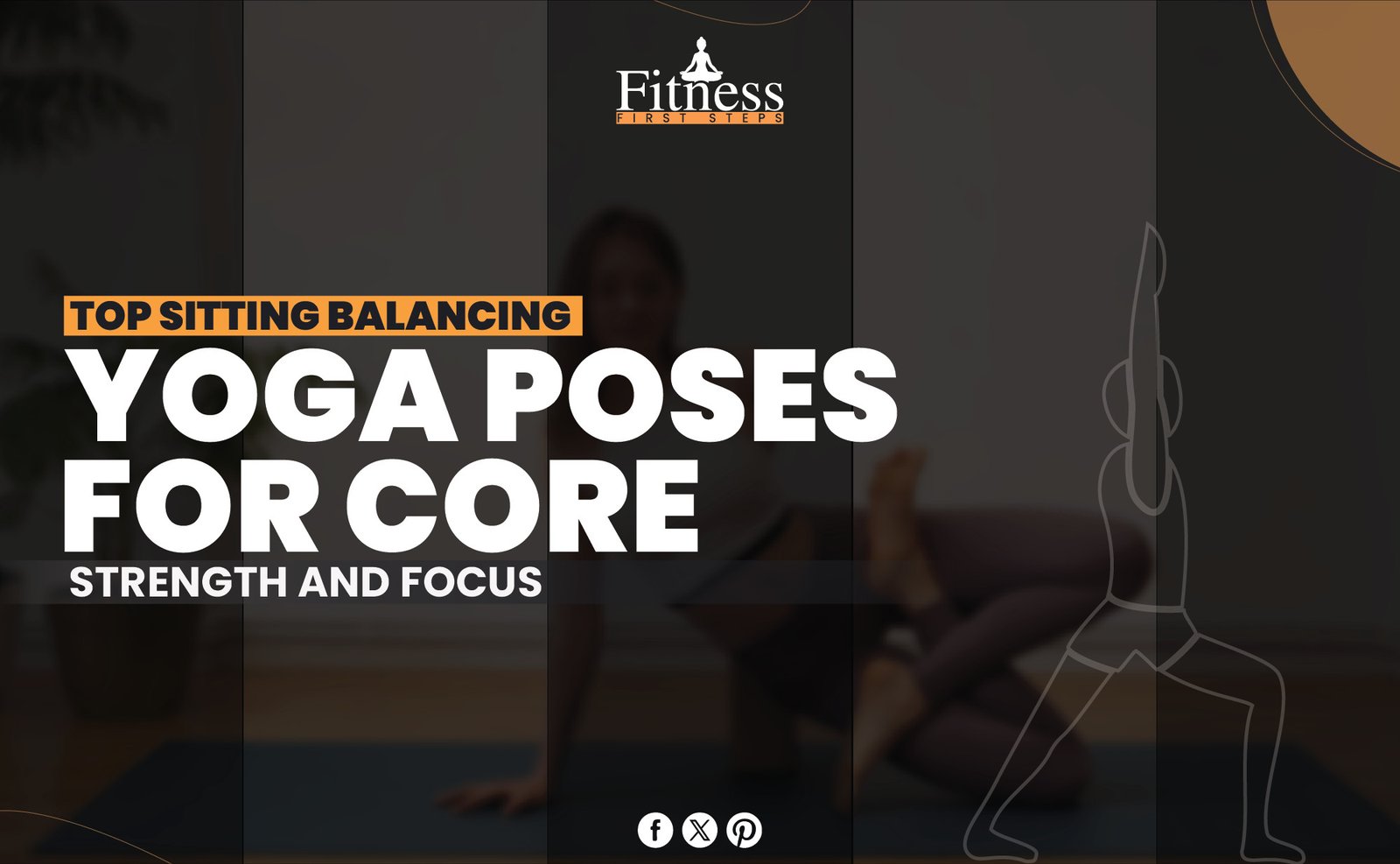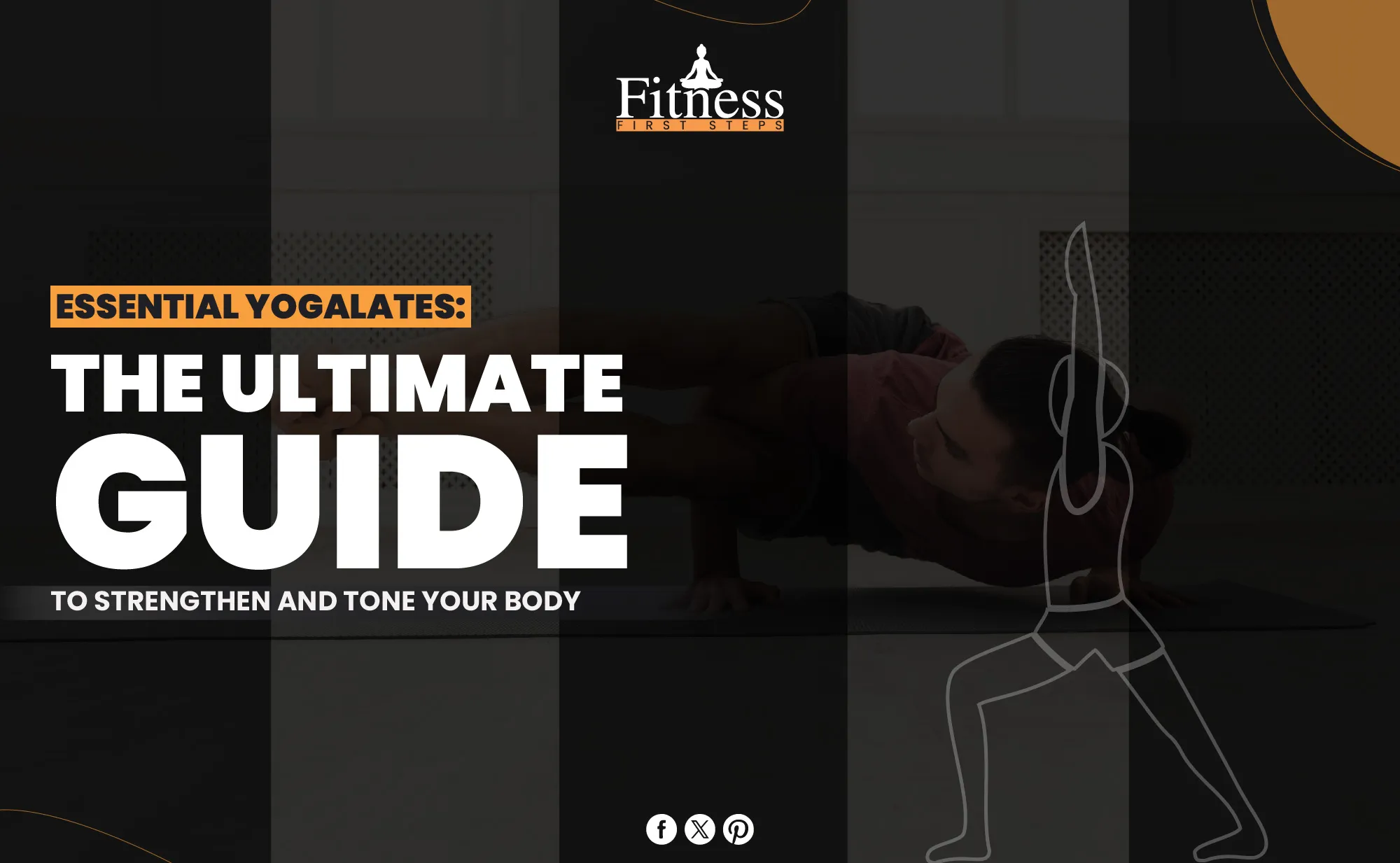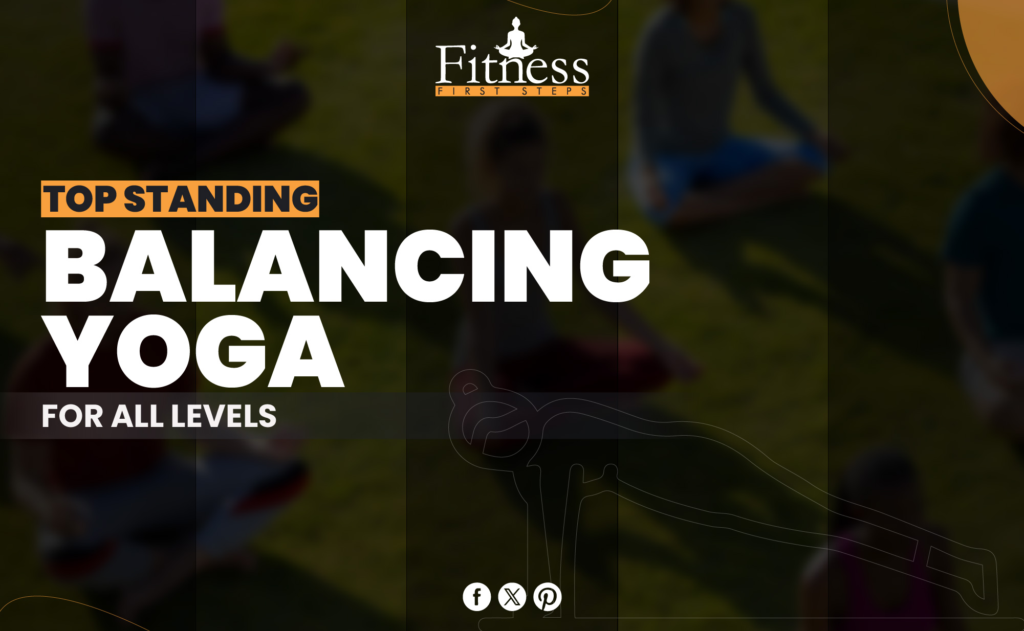Introduction
During pregnancy, a woman’s feelings and body go through many changes quickly. Pregnant women go through a lot of different emotions and experiences that test their bodies and minds. These emotions range from the joy of waiting to the challenges of being physically uncomfortable. With all these changes, prenatal yoga stands out as a practice that can help you stay grounded and care for yourself in all areas. It improves physical health and helps with mental and emotional balance, making it a valuable tool for getting ready for birth.
This blog post will discuss the many ways pregnant yoga can help women who are expecting. This book takes readers on a complete journey of self-care specifically designed for the prenatal phase. It includes full instructions on poses and breathing techniques and information on how yoga can help people connect more deeply with their babies.
Understanding Prenatal Yoga
What is Prenatal Yoga?
Prenatal yoga is a gentle form to help women expect during their pregnancy. It focuses on safe poses for pregnant women and stresses breathing techniques, stretching, and strengthening movements that prepare the body for giving birth. Prenatal yoga, on the other hand, is designed to meet the specific needs of pregnant bodies by providing changes and support to ensure maximum comfort and safety.
Benefits of Prenatal Yoga for Expectant Mothers
Physical Benefits
- Improves Strength and Flexibility: When you do prenatal yoga regularly, you develop the muscles that you will need during labor, especially those in your pelvic floor, hips, and core. It also makes the body more flexible, making it better able to handle the changes during pregnancy.
- Reduces Pregnancy Discomfort: Lower back pain, nausea, headaches, and shortness of breath are some of the most common pregnant symptoms that yoga can help with. Pregnant women can feel better and relieved by focusing on gentle stretching and mindful moves.
- Enhances Circulation: Prenatal yoga improves blood flow all over the body, ensuring the mother and the baby get enough oxygen. This better blood flow can help with swelling and water retention, typical during pregnancy.
- Prepares for Childbirth: Prenatal yoga helps women prepare for the challenges of giving birth by teaching them specific breathing techniques and ways to be more aware. It teaches ways to deal with pain and helps people build the mindset that makes birthing a positive experience.
- Promotes Emotional Well-being: Participating in prenatal yoga allows expecting moms to connect more deeply with their changing bodies and their babies. It builds community, lowers stress, and improves general health, which are crucial during this change.
Emotional Benefits
- Reduces Anxiety and Stress: A lot of women feel more anxious and stressed when they are pregnant. Deep breathing and meditation are some of the methods taught in prenatal yoga. These are known to reduce stress and anxiety, which helps expectant mothers stay calm and balanced.
- Enhances Mood: Endorphins, the body’s natural feel-good hormones, are released when you do prenatal yoga classes regularly. This can help improve your happiness. This mood booster is significant for fighting prenatal sadness and making the pregnancy experience a good one.
- Improves Sleep Quality: Many pregnant women have trouble sleeping, or their sleep habits get messed up. Because it makes you feel calm and relaxed, prenatal yoga can help you sleep better by relieving common discomforts that keep you up at night and encouraging rest.
- Increases Self-awareness and Mindfulness: Yoga for pregnant women helps the mind, body, and baby become more connected. It makes you more self-aware and mindful, which can help pregnant women focus on the present moment and connect more deeply with their babies, making their pregnancy more satisfying.
- Builds a Supportive Community: By taking a prenatal yoga class, you can meet other expecting women and build a support group. Sharing problems and experiences with people going through the same stage of life can help you feel less alone and more like you fit and are understood.
Mental Benefits
- Enhances Concentration and Focus: Concentration and mental focus can be improved through prenatal yoga techniques like focused breathing and meditation. Higher mental focus can help with handling the mood changes that come up during pregnancy and getting ready for the need for care and presence during birth.
- Promotes Stress Management: Doing prenatal yoga can help expectant moms deal with stress healthily. Women learn to deal with stress healthily by practicing regularly, which can help them have a calmer and less stressful birth.
- Supports Emotional Resilience: Mindfulness is a part of prenatal yoga that helps build mental strength. This makes it easier for pregnant women to deal with the unknowns and mood swings that come with pregnancy. This toughness is also essential after giving birth.
- Improves Memory and Cognitive Function: This change in memory and brain function during pregnancy is often called “pregnancy brain.” Regular prenatal yoga practice can help improve memory and thinking skills by using movements that make neural connections more muscular and mental agility better.
- Fosters a Positive Pregnancy and Birthing Mindset: Prenatal yoga helps you have a good attitude about pregnancy and giving birth by combining physical exercise with ways to deal with your thoughts and feelings. This positive attitude is constructive for lowering fear and anxiety about giving birth, which leads to a better birthing experience.
Addressing Common Misconceptions About Practicing Yoga During Pregnancy
- Yoga Causes Overstretching: Many people think that doing yoga while pregnant can cause them to overstretch, which can harm the baby. But if you do yoga with a prenatal yoga teacher, it is entirely safe. The classes are designed to keep you from overextending yourself, and instead, they focus on gentle stretching that helps with pregnancy.
- Yoga Poses Are Unsafe for the Baby: Some people think some yoga poses could be nasty for the baby. Prenatal yoga classes stay away from poses that put stress on the stomach. Instead, they focus on poses that improve health, flexibility, and blood flow, suitable for both mom and baby.
- Yoga Is Only Useful in the First Trimester: Some think yoga is only safe and helpful during the first trimester. Prenatal yoga, on the other hand, is meant to be safe and helpful throughout all stages of pregnancy, with changes that can be made to fit the body’s needs.
- You Must Have Prior Yoga Experience: A second common belief is that you must have done yoga before starting pregnant yoga. Prenatal yoga classes are safe for people of all kinds of experience, from those who have never done yoga before to those who have done it many times.
Prenatal Yoga Doesn’t Offer Real Exercise: Prenatal yoga is considered too soft to be exercised by some. This misunderstanding ignores that prenatal yoga develops and tones muscles, enhances circulation, flexibility, and breathing, and boosts pregnancy wellness.
Preparing for Prenatal Yoga
Finding the Right Class or Instructor
It is essential to pick the right pregnant yoga class or teacher to ensure the practice is safe and helpful. When choosing a class or teacher, think about the following:
- Certification and Experience: Find a yoga teacher qualified to teach prenatal yoga. Because they have worked with pregnant women before, they know what changes and safety measures must be taken at different times of pregnancy.
- Class Size and Environment: Smaller class sizes are better because each student can get individual care, meaning that practices are tailored to your needs and comfort level. The space should feel comfortable and help people relax and concentrate.
- Recommendations and Reviews: Talk to people you know who have done prenatal yoga before, like friends, family, or healthcare professionals. Online reviews and comments tell you a lot about the teacher and the class atmosphere.
- Accessibility and Convenience: Consider where and when the classes will be held. Picking a yoga school that is easy to get to and has classes at times that work for you can help you keep up with your practice.
- Trial Class Option: If you can, take a trial class to see how the teacher teaches and how the class works together before you commit to a full term.
When you think about these things, you can find a pregnant yoga class that meets your needs and helps you through your pregnancy.
Necessary Equipment and Clothing
Ensuring you have the right gear for prenatal yoga will help your practice and keep you safe while pregnant. Think about these necessary things:
- Yoga Mat: A good yoga mat that doesn’t slip is the base of your practice. It keeps you stable and comfortable while you do different poses.
- Comfortable Clothing: Wear stretchy clothes that let air flow so you can move around without squeezing yourself or the baby.
- Supportive Props: Props like yoga blocks, bolsters, and straps can help you change poses to fit your changing body and keep the practice safe.
- Water Bottle: It’s essential to stay hydrated, especially when you’re pregnant. Keep a water bottle close so you can drink while working out.
- Towel: A small towel can help you feel better, support yourself in some poses, or keep your sweat under control while you practice.
Safety Precautions and Modifications for Pregnant Women
Pregnant women must be aware of and change the poses to fit their needs to safely do prenatal yoga. Here are some essential safety tips and changes for pregnant women:
Consult Your Healthcare Provider:
It’s important to talk to your doctor before starting any new exercise plan, including prenatal yoga, to make sure it’s safe for you and your baby.
Listen to Your Body:
Pay close attention to what your body is telling you. Stop doing a pose immediately if it hurts or feels uncomfortable, and ask your teacher for help finding a different one.
Avoid Deep Twists:
Deep bending poses can put too much stress on the stomach. Choose open, soft twists that give you and your baby room.
Limit Inversions:
Some pregnancy-safe inversions should be done with caution and a qualified instructor. Falling and abdominal pressure can be avoided with modifications.
Focus on Breathing:
In prenatal yoga, it’s essential to know how to breathe correctly. Not only do they help you relax, but they also get more air to you and your baby. In any position, don’t hold your breath.
Keep the Pelvis Neutral:
Please ensure your hip is neutral during poses to keep your balance and protect your lower back. This is very important as your pregnancy progresses and your center of gravity changes.
Use Props for Support:
Use blocks, bolsters, and straps, among other things, to make poses more comfortable and to adjust your body as it changes.
Stay Hydrated:
To stay refreshed, drink a lot of water before, during, and after your yoga class.
Avoid Overheating:
To avoid getting too hot, which can be dangerous during pregnancy, do prenatal yoga in an excellent, well-ventilated space.
If you follow these tips, you can safely enjoy prenatal yoga’s benefits while pregnant.
Prenatal Yoga Poses and Techniques
Gentle Stretches to Alleviate Common Pregnancy Discomforts
Prenatal yoga includes a wide range of easy poses and stretches that are meant to ease the pain that many pregnant women feel. Some crucial stretches and exercises that can be very helpful are listed below:
- Cat-Cow Stretch: This slow flow from one pose to the next helps warm up the spine and ease back pain. It also makes the back more flexible and enables you to breathe deeply.
- Side Stretch: This stretch opens up the side body by lifting one arm above the head and leaning to the opposite side. This makes space in the stomach and eases stiffness around the waist and ribs.
Seated Forward Bend: This stretch can help ease tightness in the lower back and hamstrings for pregnant women by keeping the legs apart. This pose can be more accessible if you use a yoga block to help you stand up. - Pelvic Tilts: A simple exercise that strengthens the core muscles and eases back pain in the lower back. You can lean against a wall, lie on the floor, or get on all fours to do these.
- Butterfly Pose: When you sit with your knees bent and the soles of your feet together, you can open up your hips and groin, which can feel tight and uncomfortable as your pregnancy goes on.
- Legs-Up-The-Wall: This pose helps to relax the body and ease sore ankles and feet by having the person lie on the floor with their legs straight up against a wall.
Doing these poses and stretches daily can help a lot with the physical stresses of pregnancy and also help you feel calmer mentally and emotionally.
Breathing Exercises for Relaxation and Stress Relief
Breathing techniques are essential to prenatal yoga because they help pregnant women deal with stress and relax. Here are a few basic strategies you should use in your practice:
- Deep Belly Breathing: Sit or lie comfortably and place your hands on your tummy. Exhale softly through your mouth after inhaling deeply through your nose to raise your belly. This approach reduces stress and calms the mind.
- Ujjayi Breath: The “ocean breath” includes blowing in and out through your nose with your throat slightly constricted to provide a relaxing sound. This helps focus and calm the nervous system.
- Alternate Nostril Breathing: This entails inhaling through one nostril, closing the other, and exhaling through the open one. This practice is said to soothe the mind and body.
- Humming Bee Breath: Inhale deeply and exhale while humming like a bee with your eyes closed. Relaxation and stress reduction are achieved with this exercise.
These breathing techniques can be a big part of your prenatal yoga routine to help you relax and relieve stress, making your pregnancy healthier.
Strengthening Poses to Prepare for Labor and Delivery
For women expecting, getting stronger is very important for labor and delivery. In prenatal yoga, specific poses help build the strength and endurance you will need during labor. Here are some suitable poses:
- Squat Pose: This pose, also called Malasana, is excellent for opening up the hips and strengthening the legs, which can help during labor. It makes the opening in the pelvis deeper and the muscles around the hips stronger.
- Warrior II: This pose works the back, arms, and legs, making them stronger and giving you more energy. It also helps with balance and focus, preparing the mind and body for the attention needed during labor.
- Bridge Pose: The Bridge Pose can help with backaches during pregnancy by slowly building strength in the back, glutes, and hamstrings. It can also get the muscles ready for the hard work of birth.
- Wall Push: Standing with your back to a wall and pressing your palms against it can help strengthen your shoulders and arms, which can help you hold different poses while working.
- Pelvic Floor Exercises: Although not a position, Kegel exercises improve pelvic floor muscles for pregnancy and after healing. These activities support pelvic organs, aid childbirth, and promote postpartum recovery.
The Mental and Emotional Aspects of Prenatal Yoga
Connecting with the Baby through Meditation and Visualization
Prenatal yoga is about more than physical health— connecting with your baby before delivery. Meditation and visualization can strengthen this link and calm you and your child. Some things to consider:
- Daily Meditation Practice: Setting aside a few minutes every day to meditate can help you calm down and concentrate on your pregnancy. Send your baby good thoughts and energy during this time to start building a bond early on.
- Visualization Techniques: Picture a robust and healthy bond with your baby while you meditate. Imagine a soft exchange of love and warmth between you and your child. This can make you feel much better and strengthen your bond with your baby.
- Breath Awareness: During these exercises, focusing on your breath can help you relax and regularly connect with your baby. Steady, calm breathing can relax both of you, lowering your stress and making you feel peaceful.
- Community Connection: Group prenatal yoga classes can also help you feel connected to others and give you support from people who are going through the same thing. During this particular time, sharing stories and advice can be very helpful.
These mental and emotional exercises as part of your prenatal yoga can help you deal with stress, prepare for birth, and build a loving relationship with your baby from the start.
Managing Anxiety and Fears Surrounding Childbirth
Expectant mothers worry about delivery anxieties and worries. Prenatal yoga helps soothe and reassure these feelings before birth. Some things to consider:
- Education and Preparation: Learn about the birthing process by taking prenatal lessons and reading about it. Knowing what to expect can make you feel a lot less anxious.
- Mindfulness and Presence: Practice being in the present. Mindfulness meditation can help deal with fears by focusing on the body and breathing and lowering worrying thoughts about the future.
- Support System: Gather a strong group of family, friends, and healthcare professionals to help you. Knowing you have a team you can trust can help you feel less scared about giving birth.
- Birth Plan Visualization: Take some time to picture the perfect birth. This method can help you set realistic goals and calm your fears about the parts of childbirth you don’t know much about.
- Positive Reinforcement: Surround yourself with happy birth stories and affirmations to help you believe your birth will be good. Stay away from bad stories that might make you more afraid.
- Regular Practice: Regularly performing prenatal yoga, breathing exercises, and relaxation techniques can improve your physical readiness and mental fortitude for childbirth.
By using these tips, expecting moms can feel less anxious and more confident about giving birth, making the experience as positive and under control as possible.
Building Confidence and Trust in the Body’s Ability to Give Birth
During prenatal time, it is essential to have faith in the body’s ability to give birth. These crucial points will help you believe this:
- Educational Empowerment: Learning about how birth works and your body’s natural abilities will make you feel more confident and less scared.
- Positive Visualization: Visualize the birth going smoothly and your body working at its best regularly. This practice can help you be more mentally ready and trust your body’s powers.
- Affirmation Practice: Saying things like “My body knows how to give birth” and “I trust my body’s instinct to birth my baby” will help you believe your body can give birth.
- Listening to Birth Stories: Hearing about other people’s good birth experiences can boost your confidence and give you a sense of belonging.
- Prenatal Yoga Practice: Keep up your regular prenatal yoga practice to keep your body strong and flexible, which is essential for a smooth labor and delivery.
- Breathing Techniques: Learning to do deep breathing and rest can help you stay calm and in charge during labor, which builds trust in your body’s ability to handle pain and stress.
- Dialogue with Healthcare Providers: Have a supportive conversation with your healthcare workers about what you want and what worries you. How much you trust the birthing process depends on how much you feel understood and encouraged.
- Body and Baby Connection: Connecting with your baby regularly through touch and talk can strengthen the bond and trust that you both have during the birthing process.
The Supportive Environment of Prenatal Yoga Classes
More than just a way to stay active during pregnancy, prenatal yoga courses are a hub for pregnant women seeking support and connection. These classes enable:
Bonding with other expectant mothers
Prenatal yoga creates a unique space for pregnant women to bond over shared experiences. This friendship gives emotional support and a sense of belonging during this transition.
Sharing experiences and tips for navigating pregnancy
First-timers and experienced mothers benefit from prenatal yoga classes’ expertise and experience. Practical information and various viewpoints on pregnancy discomforts, work-pregnancy balance, and birthing can empower women.
Creating a network of support for the journey ahead
The friendships made in prenatal yoga classes often last beyond the studio, providing a support system that can be used during the last few weeks of pregnancy, during labor, and as a new mom, faces life’s challenges.
Guidance from Experienced Instructors
Prenatal yoga instructors are knowledgeable and provide pregnancy-specific instruction. Their knowledge of breathing and relaxation techniques can help manage labor pain and stress, and their ability to alter positions keeps the mother and baby safe.
Enhanced Physical and Mental Well-being
Mothers benefit from regular prenatal yoga. Improves posture, back discomfort, and labor stamina. Reduces stress, improves mood, and improves sleep, making pregnancy more enjoyable.
Prenatal Yoga as a Lifelong Practice
In addition to helping with labor and delivery, prenatal yoga can also help with your health after giving birth and in the years to come. Yoga can be a beneficial thing to do after giving birth, especially for:
Postpartum Benefits of Continuing Yoga Practice
- Physical Recovery: Yoga helps the body heal after giving birth by making the core more robust, improving posture, and lowering back pain, all of which are common problems for new moms.
- Mental Health Support: Maintaining a yoga practice can have a significant effect on mental health by providing a break from the demands of motherhood, easing the symptoms of postpartum depression, and supporting overall emotional balance.
- Strengthening the Mother-Baby Bond: Including baby yoga or gentle touch with the baby during movements can help the mother and child feel closer to each other emotionally and physically.
- Community and Support Reconnection: Returning to yoga classes can help moms reconnect with the supportive group they made in prenatal classes. This can be very helpful for getting support, advice, and friends.
Lifestyle of Mindfulness: Yoga teaches mindfulness and self-care, which helps moms find time for themselves in the middle of all the chaos of being a parent, which is suitable for the whole family.
Adapting Yoga Routines to Accommodate the Demands of Motherhood
As a new mom, you must be flexible and patient to get into a yoga habit. Here are some valuable tips for incorporating yoga into your life after giving birth:
- Short, Manageable Sessions: Start with short lessons that you can easily fit into the baby’s naptime or quiet times. Consistency is more important than length.
- Focus on Core Strength: Focus on poses that strengthen the core and pelvic floor muscles, which are very important for healing after giving birth.
- Incorporate Your Baby: Take your baby to yoga classes or include them in your practice at home to improve your bond and make the practice fun.
- Gentle Stretching and Relaxation: Gentle stretches will help relieve muscle tension, and relaxation techniques will help you deal with worry and sleep better.
- Seek Online Resources: Use online classes or apps made just for postpartum yoga tailored to your new life as a mom and the limits that come with it.
- Listen to Your Body: Be aware of how your body feels after giving birth, and don’t push yourself too hard. Change the poses and routines to meet your needs for comfort and healing.
Encouraging Self-care and Mindfulness in Everyday Life
Self-care and awareness are essential to a new mom’s daily life, not just on the yoga mat. To make these habits a part of your daily life, keep these points in mind:
- Establish a Routine: Add small self-care activities to your daily routine to keep a feeling of normalcy and personal space.
- Practice Gratitude: Every day, take a moment to think about and be thankful for the good things about being a mom and family life.
- Stay Connected: Stay in touch with your support network, including friends, family, and coworkers, so that you can talk about your thoughts and feelings.
- Nutrition and Hydration: Ensure you eat healthy foods and drink enough water, especially if you are nursing.
- Physical Activity: Beyond yoga, incorporate walks or gentle exercises to maintain physical health and mental clarity.
- Mindful Breathing: When you need a break or are feeling stressed, do breathing techniques to calm down.
- Set Boundaries: Set limits and learn to say “no” to handle your time and energy better, putting your and your baby’s health first.
- Seek Help When Needed: If you are having physical or mental problems after giving birth, don’t be afraid to get professional help.
Conclusion
Prenatal yoga is more than just a practice; it’s a journey that changes you and brings your body, mind, and spirit into balance during one of the most critical changes in your life. It is the core of caring for yourself and building a close bond with your unborn child simultaneously. It prepares pregnant women physically and mentally for giving birth.
If you are about to enter this extraordinary time, I encourage you to learn more about the many benefits of prenatal yoga. It’s more than exercise; it’s a place to take care of yourself, meet new people, and learn calm skills you can use after becoming a mother.
Prenatal yoga calms and empowers pregnant women. Each breath and stance shows your strength, resilience, and deep love for the life you’re about to welcome. A community, practices, and self-discovery await you. Welcome to this lovely adventure with openness, grace, and expectation of the wonders ahead.




